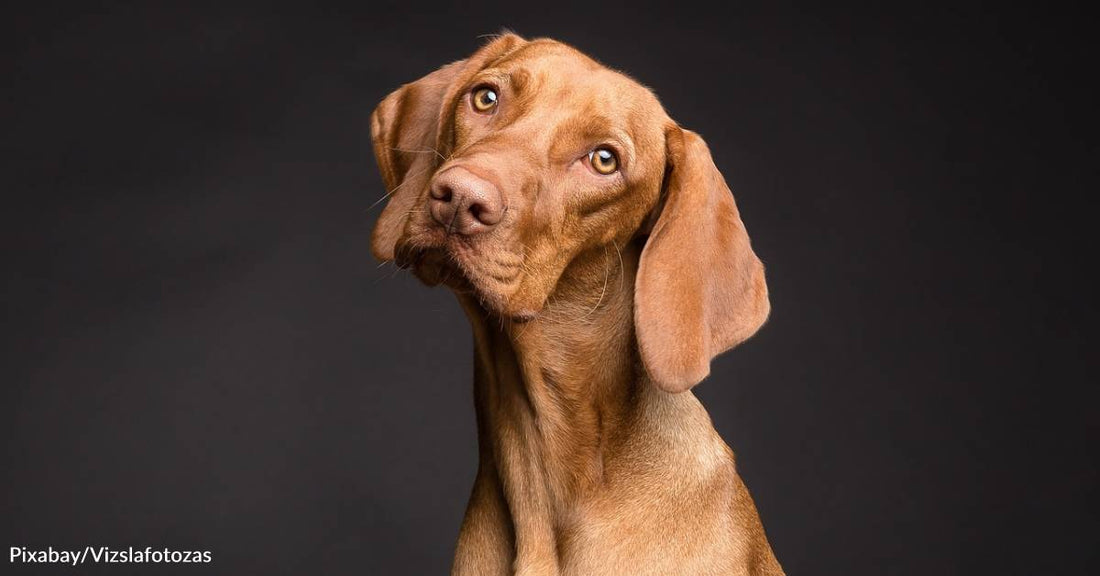7th Annual Holiday Toy & Book Event Help make the holidays brighter this year!
Why Are Some Dogs Brains Growing in Size, & How Do Wolves Fit In?
Rebecca West
According to a recent study, our canine pals' brains are growing in size as compared to their ancestors. On average, dogs' brains are 24 percent smaller than wolves' brains, but research now suggests modern breeding efforts may have increased their size.
Compared to early canines, modern breeds developed over the last 150 years have larger noggins compared to their body size. Scientists still haven't figured out exactly why, though.
The curious part about the new data is that multiple studies have shown that domesticating wild animals – think swine, cattle, sheep, rabbits, and even dogs and cats – actually shrinks, not grows, their relative brain size.
Animal Studies
Researchers believe this has been in response to a reduced need for brain power in order to survive, which makes perfect sense. We tend to them and meet most, if not all, of their food and safety criteria nowadays, so there's not a lot of need for deep thought or strategizing.
Yet scientists discovered something they weren't expecting when comparing the skulls of 159 canine breeds and some wolves.
As noted above, a wolf's brain is 24 percent larger than a similarly-sized dog. However, the more a breed genetically differs from wolves, the larger their brains.
Domestication of Dogs
The implication is that while early domestication might have initially shrunk portions of their brains, modern breeding has, in fact, triggered some moderate cognitive growth in the last 150 years. The question remains how or why.
"Different dog breeds live in varying levels of social complexity and perform complex tasks, which likely require a larger brain capacity," evolutionary biologist Niclas Kolm from Stockholm University in Sweden noted.
Kolm and his fellow researchers hypothesized that some dogs, bred for more complex tasks such as herding or sporting dogs, would necessarily have larger brains.
Wolf Ancestors
But that wasn't the case. Rather, the only real factor that seemed to impact relative brain size of modern canines was the difference in their genes as compared to wolves. It had nothing to do with the function of the breed, life expectancy, or other factors. It just boiled down to the further away from wolves in genetic makeup, the more noticeable the difference in relative brain size.
Interestingly, prior research has shown that dogs more closely related to wolves are not as good at communicating with human beings, and other studies point to a dog's absolute brain size playing a role in their memory and self-control.
Canine Studies
"Perhaps the more complex social environment, urbanization, and adaptation to more rules and expectations have caused this change, affecting all modern breeds," ethologist Enikő Kubinyi from Eötvös Loránd University in Hungary hypothesized.
This aligns with the social brain hypothesis that large brains can evolve to suit more complex social environments.
To learn more about the differences in canine brain size, the study team wants to conduct additional research to compare the size of different brain regions in the future.





